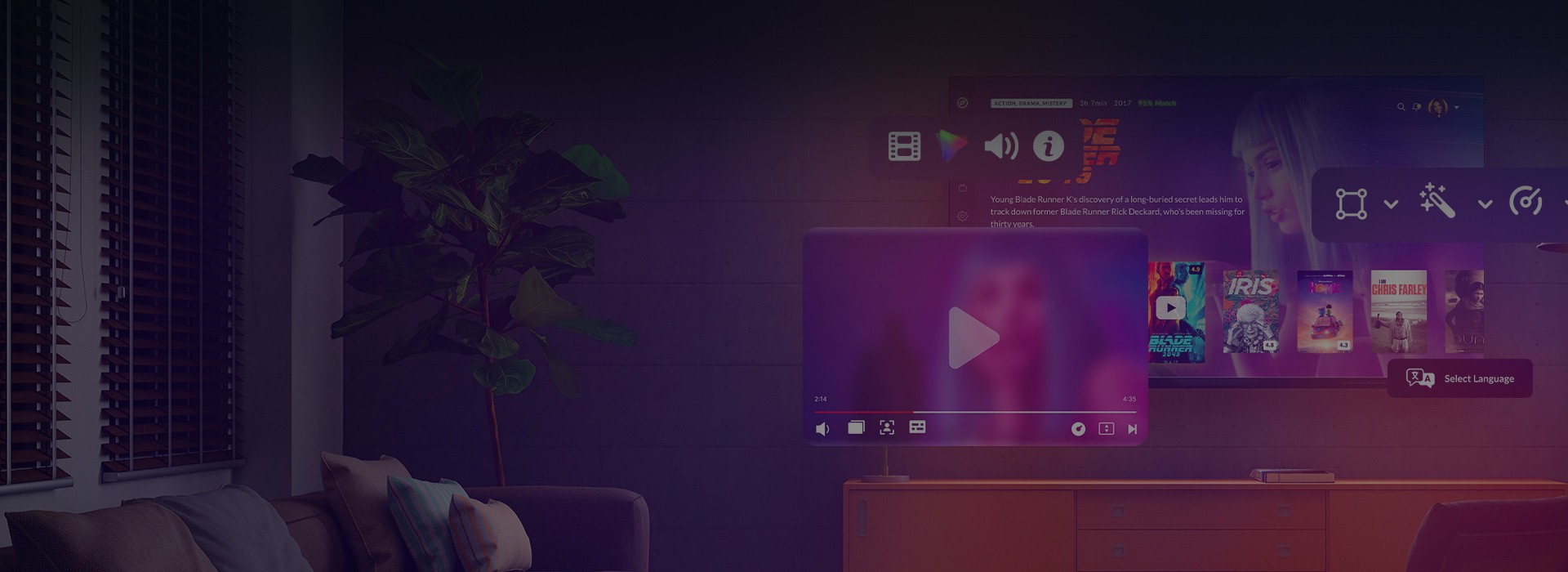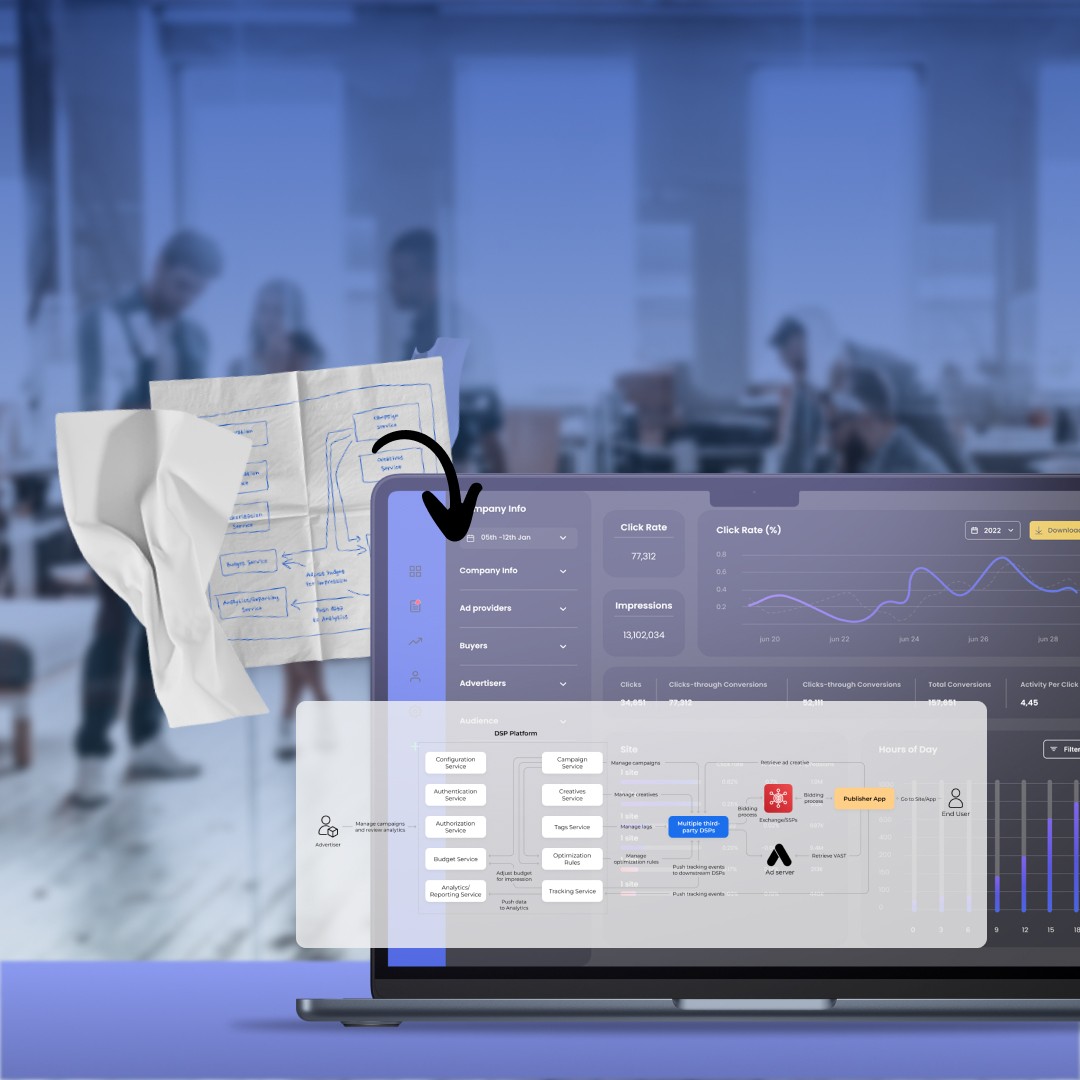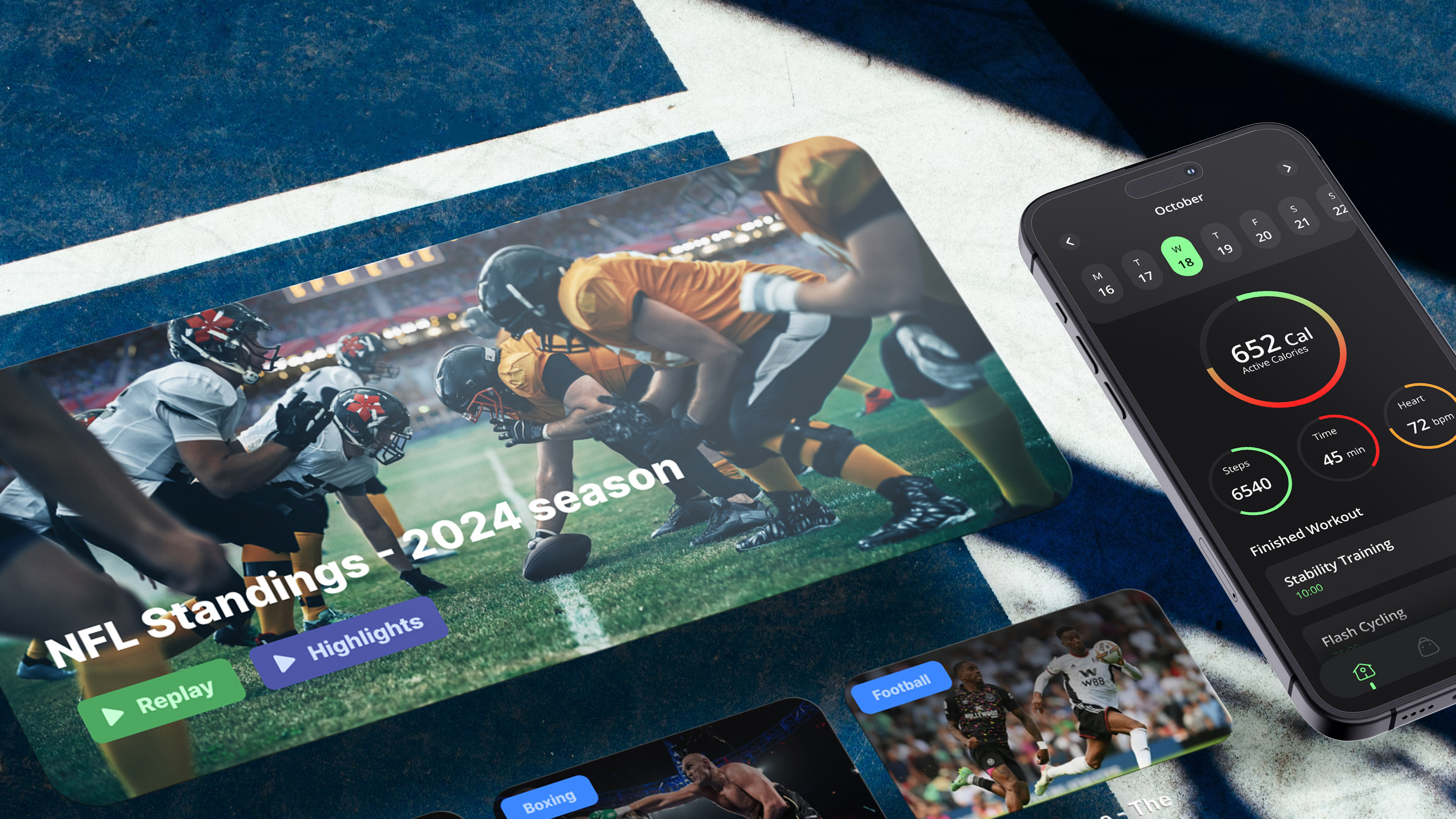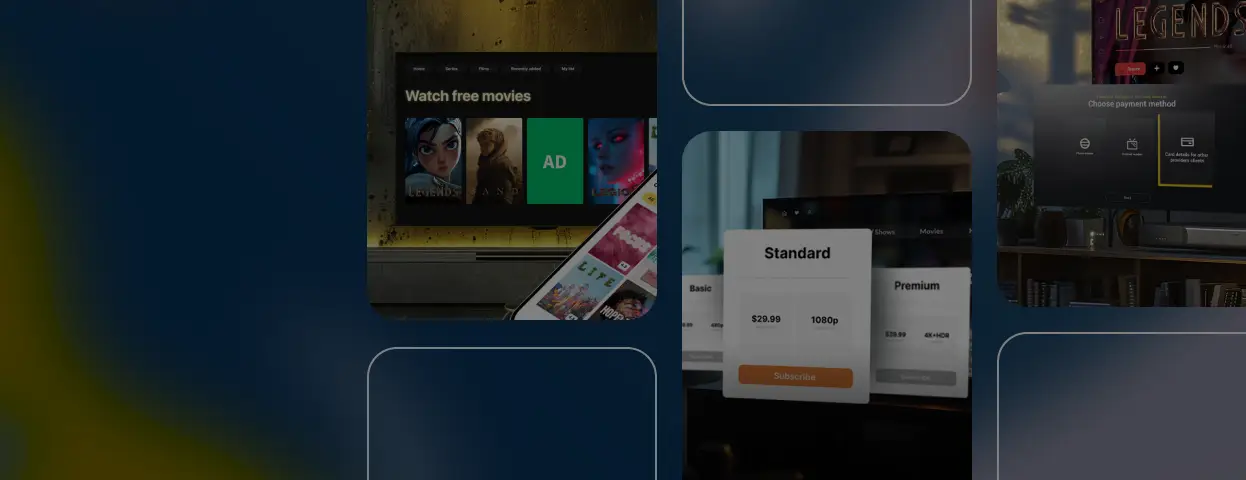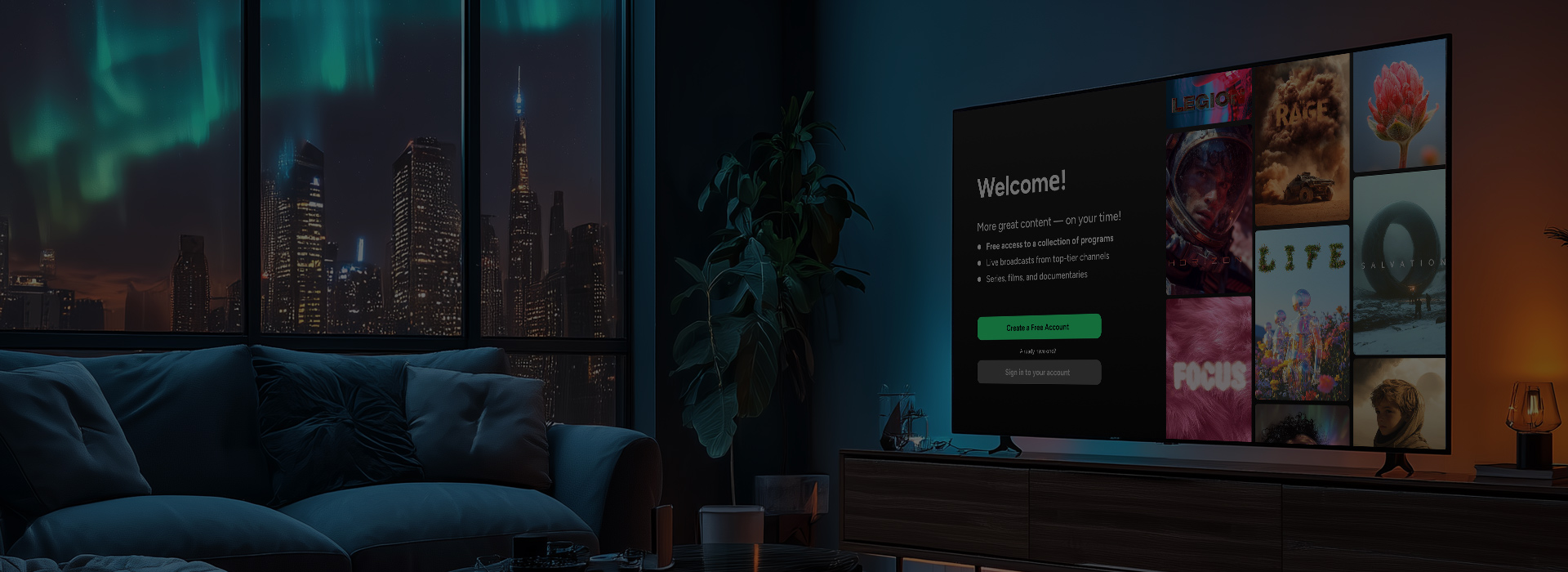Project in three acts
Act 1: The client introduction
A public media organization delivering diverse content across multiple regions.
Act 2: The challenge unfolds
Increase viewership, stay competitive, and strengthen appeal to other TV channels to adopt their white-label solution.
Act 3: The happy finale
Oxagile stepped in — accelerating the Roku app’s load times, boosting responsiveness, expanding features, and delivering rock-solid performance and reliability.
